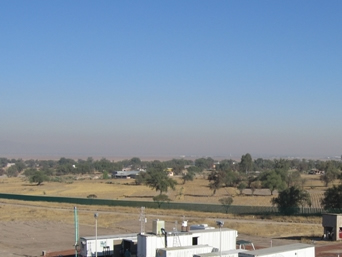A brown haze indicates a combination of dust, nitrogen dioxide, and nitric oxide from car exhaust, power plants and factories.
Click on image for full size
Barry Lefer/MILAGRO
Releasing Nitrogen Pollutants to the Air
Most of the air in our atmosphere is made of nitrogen gas. But there are other gases in our atmosphere that contain nitrogen as well. They make up only a small fraction of the air molecules in our atmosphere, but their numbers are growing and, even in small amounts, they are causing huge changes in our planet.
Nitric oxide (NO) and nitrogen dioxide (NO2)
Nitrogen dioxide and nitric oxide molecules form during combustion in car engines, power plants, and factories. They can contribute to smog when combined with oxygen molecules and the fumes from paint and gasoline (called Volatile Organic Compounds). They can also contribute to acid rain if mixed with water vapor turning into nitric acid. Nitrogen dioxide will break apart in sunlight and the free oxygen atoms latch onto oxygen molecules forming dangerous ground-level ozone.
Nitrous oxide (N2O)
Nitrous oxide is a greenhouse gas. It is also known as “laughing gas” because it is known to make people laugh when it is given to medical patients to numb pain. The amount of nitrous oxide in the atmosphere has increased since the beginning of the Industrial Revolution, as Earth’s climate has gotten warmer.
Nitrous oxide forms during combustion, just like nitrogen dioxide, and is also released into the atmosphere from farm animals, sewage, and fertilizers. There are natural ways that nitrous oxide gets into the atmosphere too, including from tiny microbes that alter nitrogen in the soils of tropical forests.
Last modified May 9, 2007 by Lisa Gardiner.
You might also be interested in:
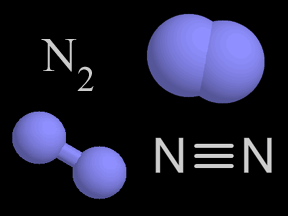
There is more nitrogen gas in the air than any other kind of gas. About 4/5ths of Earth's atmosphere is nitrogen gas! A molecule of nitrogen gas is made up of two nitrogen atoms. There are other molecules
...more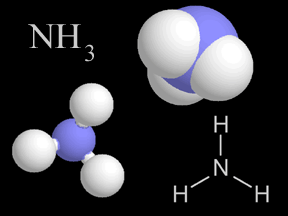
Most things around us are made of groups of atoms bonded together into packages called molecules. The atoms in a molecule are held together because they share or exchange electrons. Molecules are made
...more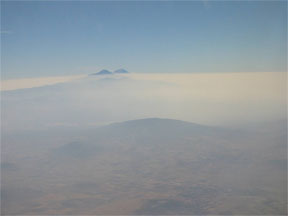
What do smog, acid rain, carbon monoxide, fossil fuel exhausts, and tropospheric ozone have in common? They are all examples of air pollution. Air pollution is not new. As far back as the 13 th century,
...more
Acid rain is a general term used to describe different kinds of acidic air pollution. Although some acidic air pollutants return directly back to Earth, a lot of it returns in rain, snow, sleet, hail,
...more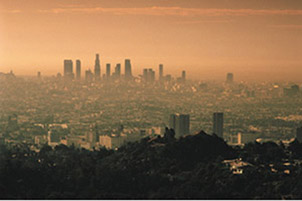
Did you know that ozone is found in two different layers of the atmosphere? You may have heard of the ozone hole problem - that is a lack of ozone in the stratosphere (the 2nd layer of the Earth's atomsphere).
...more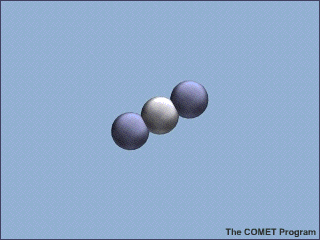
Even though only a tiny amount of the gases in Earth’s atmosphere are greenhouse gases, they have a huge effect on climate. There are several different types of greenhouse gases. The major ones are carbon
...more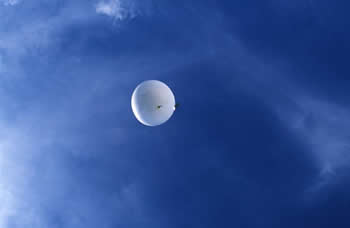
Look up into the sky and you look through millions of air molecules, eighty percent of which are nitrogen molecules, two atoms of nitrogen bonded together. Nitrogen is found all over the planet, not just
...more


